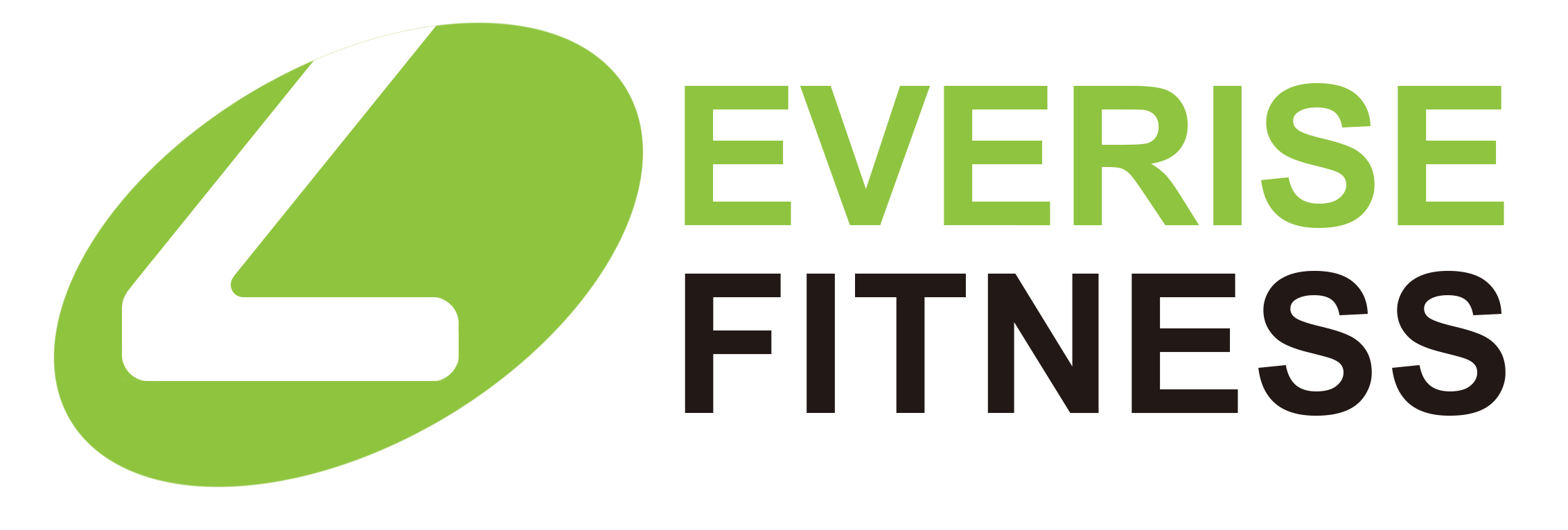Pilates Correctors: Enhance Flexibility Gradually
Pilates is gaining recognition as a great way to boost physical fitness, especially core strength and flexibility. An essential part of any Pilates workout is the use of Pilates correctors, which help practitioners align their body and improve their overall practice. This article discusses how Pilates correctors help improve flexibility over time, the science that supports their use, and practical tips to integrate them into your routine.
What Are Pilates Correctors?
Pilates correctors are foam rollers, balance boards, resistance bands, or any other form of specialized equipment. Pilates correctors as a foam roller or resistance bands aids in balancing the practitioner helping perform exercises in a correct position. Pilates correctors aim to bolster the effectiveness of Pilates exercises by aiding to correct body posture and providing needed stability and resistance. Pilates correctors enable deep stretches while mitigating the risk of sustaining further injuries.
Flexibility and Movement in Pilates
When it comes to Pilates, flexibility helps you improve and perform better. This is especially true for many Pilates movements, as flexibility is needed to perform them correctly and safely. Movements like the spine stretch and the saw require substantial hip and hamstring flexibility. Throughout your Pilates journey, you might notice your flexibility varying at different points in time. This could be due to your physical condition, age, how frequently you practice, and many other factors. With the use of Pilates Correctors, you can alleviate these issues as they provide support to help you stretch better and improve your flexibility over time.
How Pilates Correctors Improve Flexibility Optimal Use of Correctors in Pilates Exercises
Flexibility, as researchers showed, can greatly improve when Pilates correctors are incorporated. An instance would be a participant study in the Journal of Bodywork and Movement Therapies which showed individuals practicing Pilates with correctors experienced a more significant increase in flexibility compared to practicing Pilates in a support-less manner. This improvement can be attributed to a variety of factors.
Alignment and Correct Posture: Pilates correctors not only enhance a student’s posture but also help to sustain correct alignment which is vital focal point of stretching. Having the body correctly aligned helps the different body parts to stretch in a more effective manner which than enables the individual to become more flexible.
2. Body and Movement Connection: Correctors also help to improve the body and movement connection, which enables focusing with the correct cadence on the various movement and breath which is happening. This can greatly enhance how muscles are stretch and engaged and, as a result, help in improving flexibility.
3. Step by Step Stretches: Correctors also help to increase the level of stretching in a step by step manner. Stretching and deepening hurting muscles become possible by the help of support, which dramatically reduces the chances of a fitness injury.
Useful Tips for Enhancing Pilates Practice with Correctors
When using Pilates correctors, keep the following tips in mind to get the most out of your practice:
Start with the Basics: Focus on stabilizing your body to help improve alignment for beginners. Progress to more complex movements only after mastering the simpler ones.
Pace Your Practice: Be mindful of the body’s response. If your body shows signs of discomfort, let go of the exercise or reduce the volume.
Frequent Practice: Exercising at least two to three times a week with the Pilates corrector will enhance flexibility over time.
Guidance by a Professional: Gaining the assistance of a rehearsing Pilates instructor will help with tailored guidance on safely and effectively using correctors.
Technology Trends in Pilates and Their Future Implications
The growth in popularity around Pilates is being matched with innovations in Pilates equipment, particularly with the correctors. The emergence of smart Pilates equipment that tracks and gives feedback on alignment and performance is at the forefront of the industry. This equipment focuses on the growing niche of fitness technology. In addition, more fitness studios now offer specialized flexibility classes that utilize correctors, indicating that flexibility is increasingly regarded as an essential component of health and fitness.
To sum up, correctors are essential tools in the pursuit of long-lasting flexibility. They improve movement efficiency, and when combined with the right effort and practice, the benefits of an enhanced Pilates routine will be unlocked.

